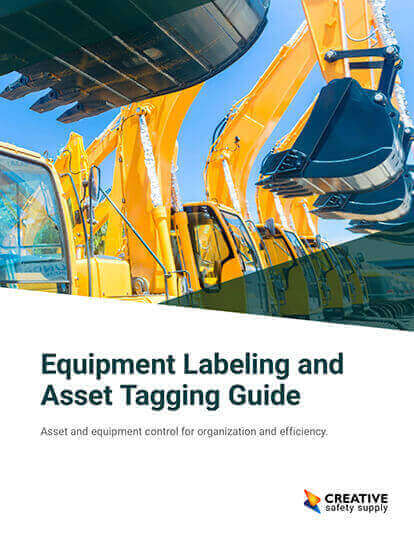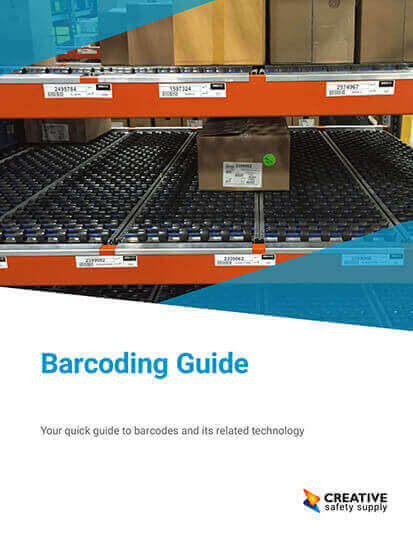
Fixed assets, also known as capital assets, are defined as objects, installments, or pieces of equipment that companies use to make income. These tangible pieces of property are a long-term investment that are not intended to be sold and are meant to last more than a single year. These types of assets make their appearance on a company’s balance sheets as property, plant, and equipment, or PP&E, and are essentially bought to help the company along with its production process. The following are some examples of fixed assets:
- Heavy equipment
- Electronic equipment
- Tools
- Forklifts and other heavy machinery
- Third party rentals
Information about a business’s fixed assets is critical for determining how well off the company is in terms of financial health. In fact, when all of the relevant assets are recorded, a financial report and analysis, as well as the business’ value can be determined accurately. Losing these assets would be a tragedy. They can get lost out on a job or even just within the building. Consider usingasset tags for asset tracking.
Now, it’s essential to remember that some fixed assets depreciate just like when a car is pulled off the sales lot. If, however, these assets are taken care of and don’t have a high turnover rate, the company may have a competitive advantage over other businesses. Efficient use of fixed assets compared against the turnover ratio is used to determine how good the company is at generating sales. Achieving excellent efficiency levels is highly desirable to investors, which gives them a clear advantage over other companies.
Once the time has come to dispose of an asset, it can either be sold for parts or is useless and broken down at no value. Periodic depreciation of tangible assets that lead up to disposal are reflected on balance sheets and subsequently written off once the asset has been disposed of, since that asset is no longer in use.
Similar Glossary Terms
- Asset Tag
- Asset Life Cycle
- Asset Management
- Asset Tracking
- Variance Inflation Factor (VIF)
- UID (Unique Identification)
- Capability
- Production Efficiency
- Hazard Radio


